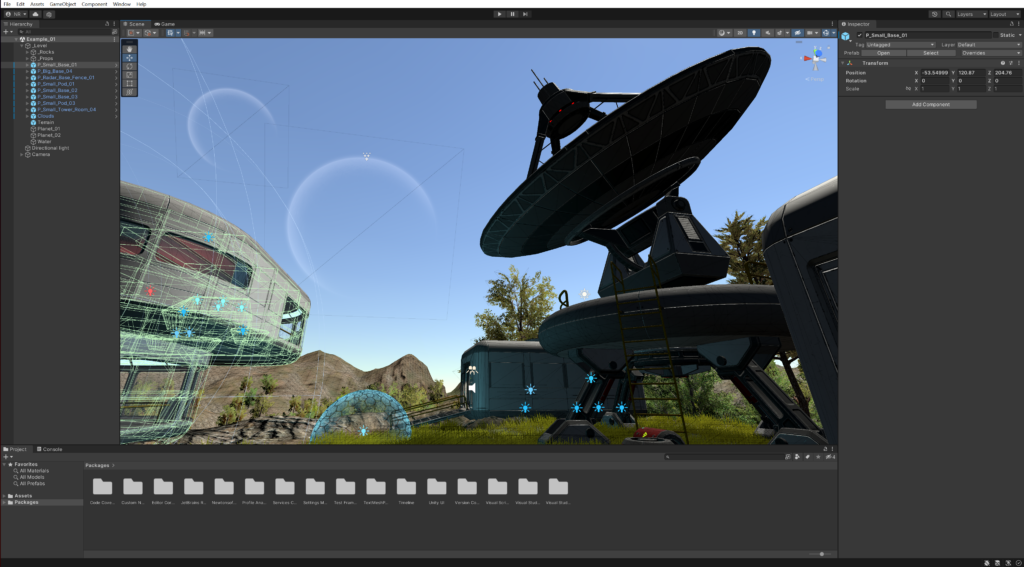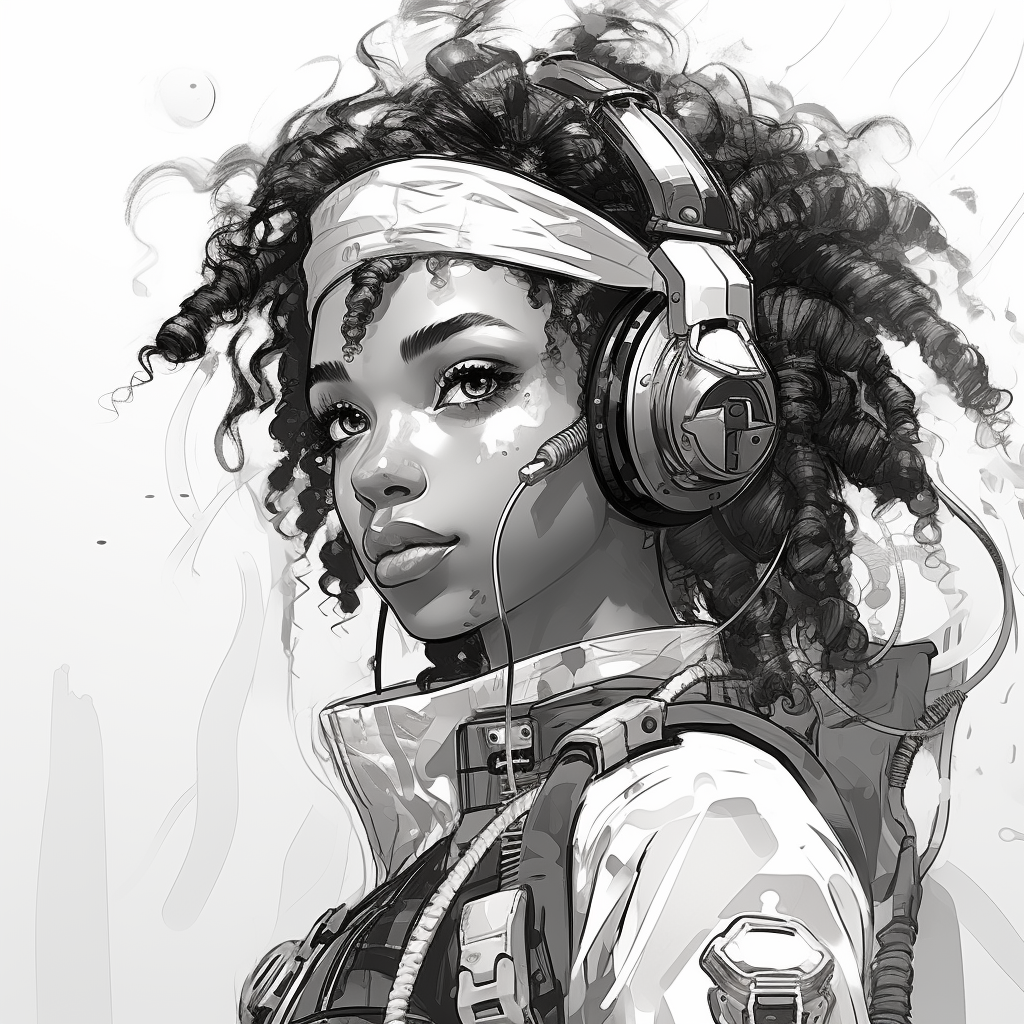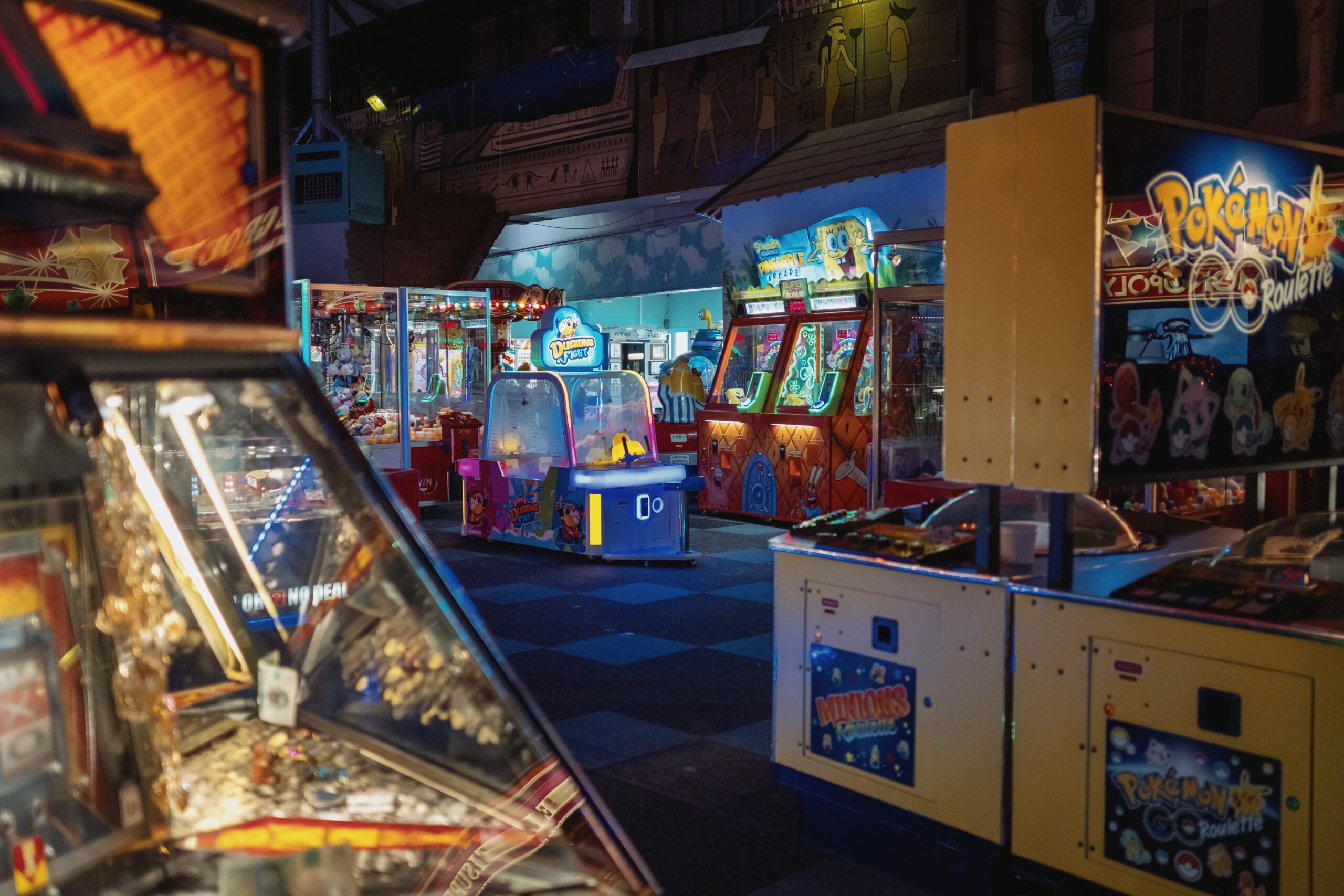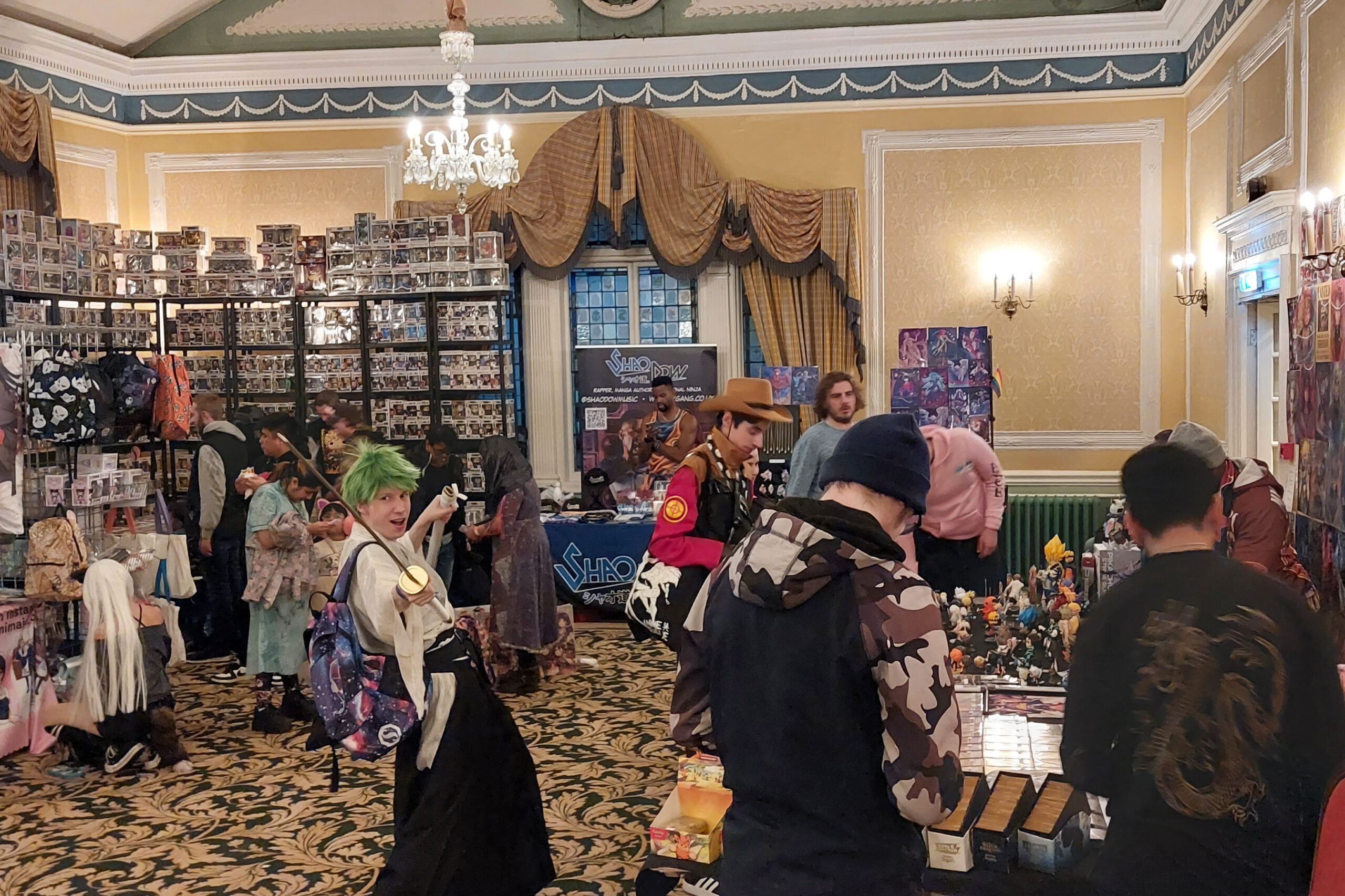The video games industry is where tech meets creativity. Blending art, music and storytelling, video games – in all their many forms – offer interactive and immersive experiences that appeal to a diverse range of audiences around the world. And the market is expanding at a dramatic rate.
This booming industry is constantly being redefined by new technological advancements. These advances are having a substantial impact on the way that games are created and played, particularly in the realms of virtual and augmented reality, where expanding computer graphics technology is enabling a future in which gaming transcends the screen.
Our Dean of Creative Technology, Nick Rodriguez, has worked in video games for over 30 years. In this recent webinar, he provides further insight into the structure of the industry and the different specialisms, technology, and how students are taught and guided on our degrees.
The structure of the industry
The video games industry can be split into three interconnected spheres:
Games Programming
This can involve the development of video game software and, ultimately, translating the project’s vision into a playable game. Video game programming requires a combination of technical skills, creativity and problem-solving in order to bring a game to life. A role in programming can be diverse, and there’s opportunity to specialise in particular areas as part of your career, such as:
- Graphics programming which involves the implementation of the visual aspects of the game, including the rendering of graphics, special effects and animated sequences
- Physics programming in which you’ll use physics engines to simulate realistic movement and interactions within the game
- AI programming for the development of artificial intelligence systems that control NPCs (non-player characters) and opponents, as well as implementing pathfinding algorithms, decision-making processes and behavioural patterns
- Audio programming covers the sound effects, music and voiceovers in the game, which will likely involve the use of audio engines for synchronising sounds with in-game events
- User Interface programming ensures a smooth user interface for the game, using interactive elements and creating menus, HUDs (Heads-Up Displays) and any other elements to enhance the player’s experience of the game
 Games Art
Games Art
Games artists craft the visual elements within a game, including characters, objects and environments. There’s a huge variety of roles and specialisms within the field of games art. As Nick says in the webinar video: “Chances are, if you’re a games artist, you’re going to be doing one thing, and that might be eyeballs. You might be the eyeballs person!”
From concept art to texture artistry, 3D modelling to animation, character design, environment design, VFX and technical art, there’s a wide range of ways to take your career as a games artist.
The role of a games artist does involve technical elements, and programming knowledge will be essential if you want to progress in your career. Mainly, this is because you’ll need to work closely with technical teams to ensure the visual assets you create will integrate seamlessly into the game engine. Overall, however, if you’re a visual artist at heart, then games art is likely the path you’ll wish to follow.
Read more: What makes Brighton a ‘creative hub’ for the video games industry?
 Games Design
Games Design
Games designers and games artists are very distinct roles that require different skillsets, so it’s important to be aware of these distinctions before choosing your degree and career path. For a games designer, there’s more of a focus on gameplay itself, on shaping the overall gameplay experience. Rules, mechanics and player interactions will be handled by the games designer.
Games designers are also narrative developers and storytellers, working on plot progression, character development or world-building. They’ll write the dialogue, create storyboards and define the overall narrative structure. There’s also the prototyping aspect, in which designers work to test and build out game mechanics before full-scale development starts. This can involve working on paper, producing digital mockups or interactive demos to validate and refine design ideas and concepts.
There’s also a heavily technical angle in games design. System design is a key skillset in certain games design roles. This involves designing the underlying systems governing how the game works, such as progression systems and scoring mechanisms.
Read more: The remarkable journey of video games graphics
Other disciplines in the games industry
Beyond the creation of games directly, there are many roles within the games industry that are integral to the development and release of new games. Quality assurance testing, for example, involves testing games to ensure they meet requirements. This includes removing bugs, ensuring compatibility with different devices, and so on.
Working in games production can include roles such as Game Director (setting the overall vision and direction of the game, coordinating and leading the development team) and Producer (managing the development process through scheduling, budgeting and resource allocation). Then, there are roles in marketing and community management, as a localisation specialist or as a project manager, and many more.

Beyond the games industry
As you can see, there’s an extremely wide variety of career paths within the video games industry. Our talented lecturers work in design, games art and consulting; Nick Rodriguez started his career as a quality assurance engineer and is now a studio executive producer and studio head.
A degree in video games can open doors to other industries. Games workflows have been used in creative projects from The Mandalorian to The Eras Tour, allowing professionals to move into film and television, for example. These workflows also have a place in architecture and medicine.
Virtual reality (VR) is used in the healthcare industry to train surgeons in procedures and as a treatment for mental health issues. It has also become an important educational tool in museums and galleries, providing an exciting and immersive experience for children and adults alike.
Games engines, such as Unity, are integral to the rapidly growing field of real-time rendering, which is the process of converting 3D objects into 2D images in real-time. This technology is not only used to create realistic images but also for augmented reality (AR). AR is used in contexts ranging from tourism to classroom education; if you watch The Apprentice, you may have also seen it being used for marketing purposes.
With the technical and transferable skills that you’ve acquired in your video games degree, you could even produce fine art. Using digital tools such as graphic design software and generative AI, you can let your imagination run wild, and advancements in 3D printing could give you the chance to bring your projects to life.



